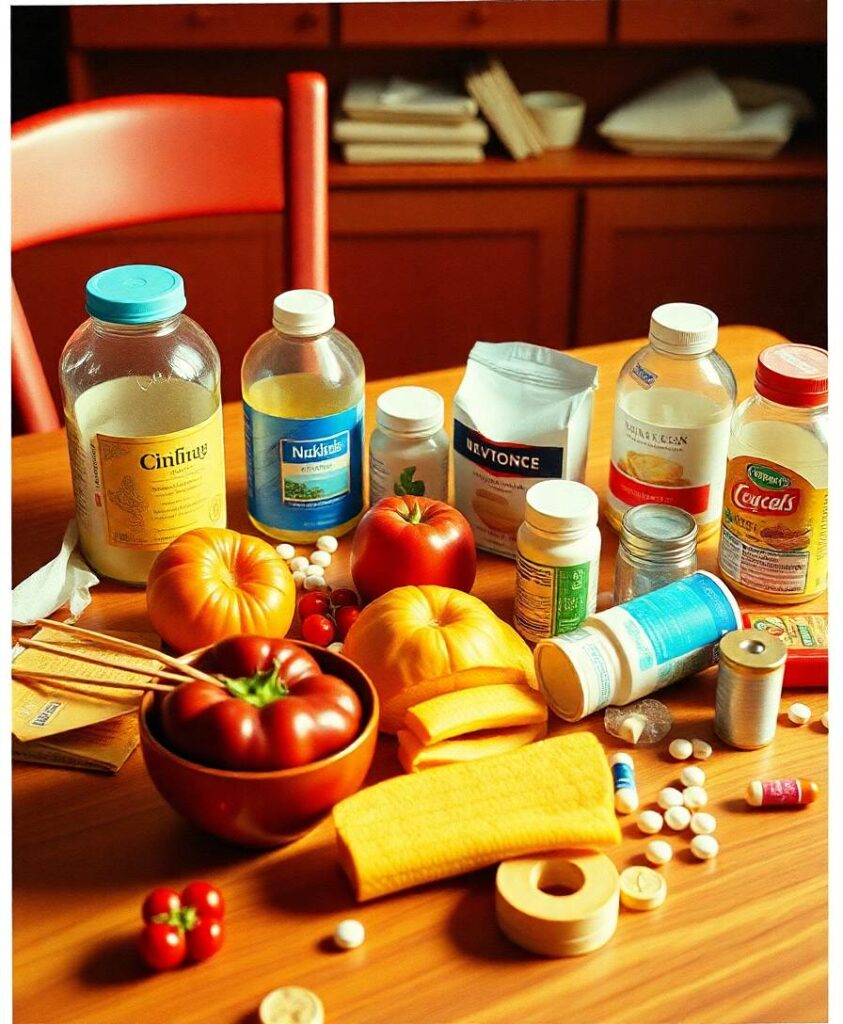Regulators and manufacturers play a central role in what ends up on store shelves. In Europe, rules require labels that warn consumers about certain food colorings, which gives parents clearer information to weigh risks. In the United States, major brands continue to use these additives while regulatory action has been limited and reliant on voluntary industry changes. State-level efforts are beginning to fill the gap, showing how local policy can push national conversation and corporate behavior.

Understanding the connection between color additives and child development is more than a labeling debate. It touches on who gets access to safer options, how companies design products for vulnerable populations, and what kinds of evidence motivate policy. Read the full article to explore which dyes are involved, what the latest studies show, and how shifts in law and market pressure could influence what families find on their pantry shelves.
Almost 20% of packaged foods and beverages in the US contain synthetic dyes, often paired with excessive sugar to attract children. These additives have been linked to behavioral issues, yet remain widespread among major brands like Mars and PepsiCo. Experts criticize the FDA for relying on voluntary reform, contrasting it with Europe’s stricter labeling laws. Growing state-level action offers hope for meaningful change.




